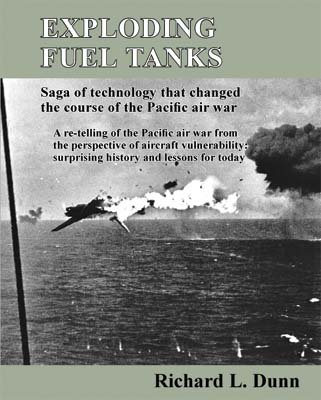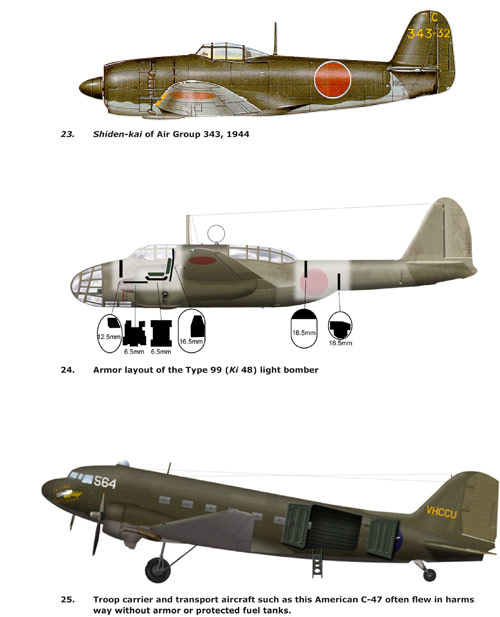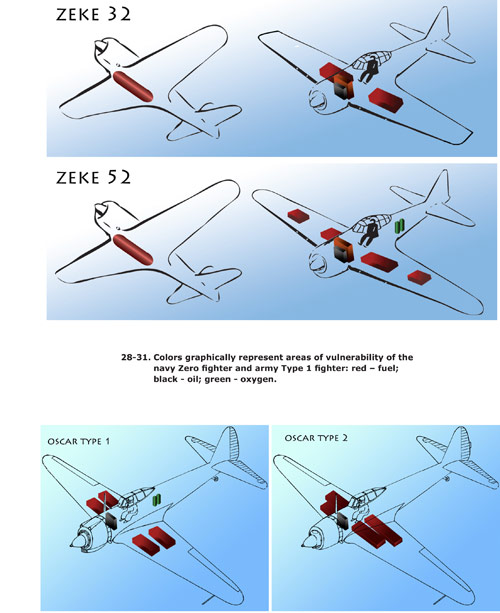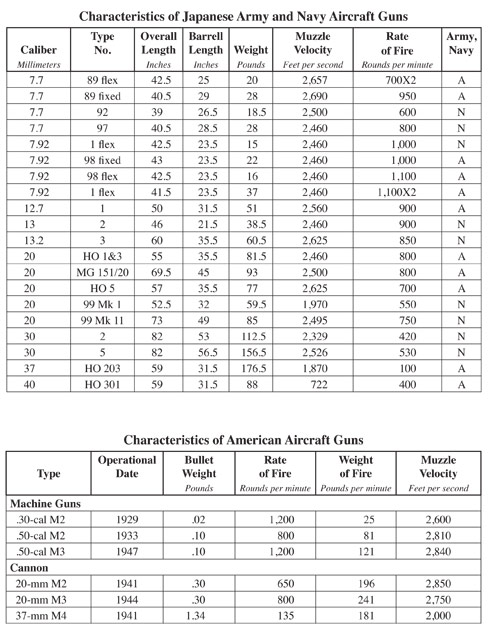Exploding Fuel Tanks
Exploding Fuel Tanks tells the story of air war over the Pacific in World War Two from the perspective of aircraft vulnerability. The result is surprising history with many oft repeated but inaccurate characterizations of the combatants debunked. In addition to a story about technology this book sheds new light on combat operations and the actual losses (not just claims) each side suffered.
“Great air-warfare history. Well-written; extremely well researched (many excellent photographs); exciting reading; and important lessons learned. Highly recommended (Hon. Jacques S. Gansler, Ph.D., Professor, University of Maryland, former Under Secretary of Defense).
“Rick Dunn is to be commended for having written the first comprehensive study of a vital subject in aviation history which, all too often, has received only superficial and subjective treatment. His probing analysis strips away widely-held misconceptions and much myth surrounding the issues to reveal a complex multi-layered reality. Every serious student of military aviation history should read this book (Osamu Tagaya, Aviation historian and author).
“Rick Dunn tells the fascinating story of how Britain and Germany developed the first ‘crash proof fuel tanks,’ and how other countries including the United States and Japan scrambled to catch up, to save their pilots from death or disfiguring burns. With many splendid photos and drawings, this is a must for every military aviation library” (Daniel Ford, author of Flying Tigers: Claire Chennault and His American Volunteers).
EXPLODING FUEL TANKS CHANGES: First Edition to Second Edition
There are relatively few changes between the first and second edition of Exploding Fuel Tanks. The big change is in the printing methodology. The first edition was a conventional print run. The second edition is produced via Amazon’s Kindle Direct Publishing (KDP) using the technique colloquially known as print on demand. For those wishing a signed/dedicated copy of the second edition a few copies are available which can be requested directly from the author through the RLDunn.com website.
Substantive changes:
In color profile No. 10 change 1942 to 1941.
At page 100 insert a new second paragraph:
“The effect of improvements in Japanese army fighters was memorialized in a January 1944 report of the 3rd Air Army, “Lessons and Battle Tactics of Enemy Aircraft in the Indo-Burma border area.” The report addressed combat with Allied fighters including Spitfires (Mark V and VIII) that were said to have armor and anti-fire devices that were “extremely superior.” The advances made in their own fighters were also recognized, “The fireproof installations of the Type 1 Fighter are very effective. A certain Type 1 Fighter came back to base safely after having been hit 39 times.”
Additional changes:
At Acknowledgements change Justin Taylen to Justin Taylan; residence Florida.
In the authors interior biography change the last sentence of next to last paragraph to read:
“Many of his military history articles are available on RLDunn.com and other websites.”
Change last paragraph of interior biography to read:
“Mr. Dunn has been an invited speaker at the Naval Postgraduate School’s Acquisition Research Symposiums and has been appointed to Defense Science Board and National Academy of Science studies. He was an invited speaker at the MacArthur’s Airmen symposium Norfolk, Virginia and keynote speaker at General Walker Day at Roswell, New Mexico.”
In the author’s back cover biography change the next to last sentence to read:
“Many of his military history articles are available online (J-aircraft.com, warbirdforum.com and RLDunn,com).








